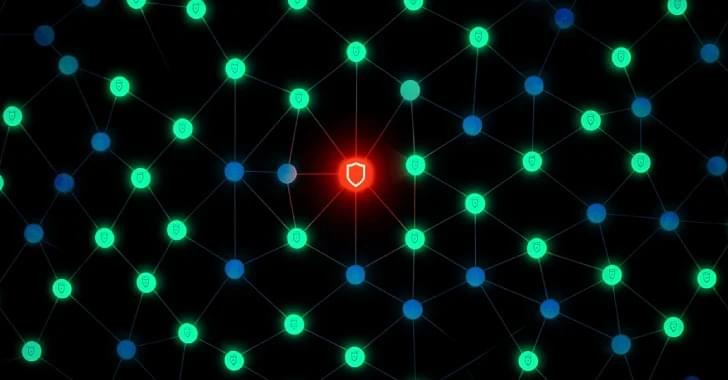The largest supply-chain compromise in the history of the NPM ecosystem has impacted roughly 10% of all cloud environments, but the attacker made little profit off it.
The attack occurred earlier this week after maintainer Josh Junon (qix) fell for a password reset phishing lure and compromised multiple highly popular NPM packages, among them chalk and degub-js, that cumulatively have more than 2.6 billion weekly downloads.
After gaining access to Junon’s account, the attackers pushed malicious updates with a malicious module that stole cryptocurrency by redirecting transactions to the threat actor.







